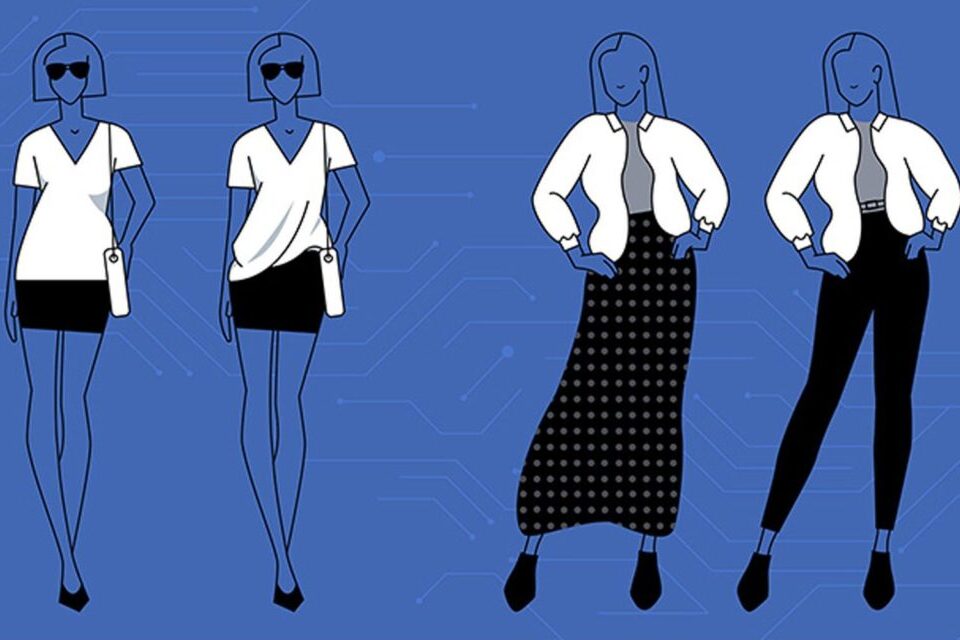As Australian businesses try to maintain their position and stay afloat, the long-term economic impact of COVID-19 is marked in the retail apparels sector. The crisis has changed consumer behaviour in how customers shop, interact and prioritise lifestyle choices. Retailers must invest in innovative technology to stay competitive and relevant. Innovative technology such as AR (Augmented Reality) and AI (Artificial Intelligence) systems will help rebuild their customer base in a post-COVID-19 world.
The lockdown situation causing store closures have forced retail stores to rethink their physical assets, that is the actual retail spaces they occupy. Store footprints have dramatically shrunk, and will continue to do so for the medium term as consumers reduce spending in this new climate. This means less staff are required to operate the physical store.
To attract customers back into the stores whilst mitigating the cost of hiring staff, AI solutions are a powerful tool to help retailers stand out from competition. With more bricks and mortar retailers investing in e-commerce to hedge their bets, virtual try-ons are increasingly popular made possible through super-fast mobile networks (5g). Data transfer speeds to stream VR (Virtual Reality) and AR (together XR, Extended Reality) from the cloud is delivering images back to users in real time, propelling developments in XR technology across sectors especially in online fashion retail.
Retailers prepared with this capability in their businesses are likely to gain to profit from this new market trend as it fosters new, interactive shopping experience for customers, making conventional shopping on an e-commerce platform look obsolete.
